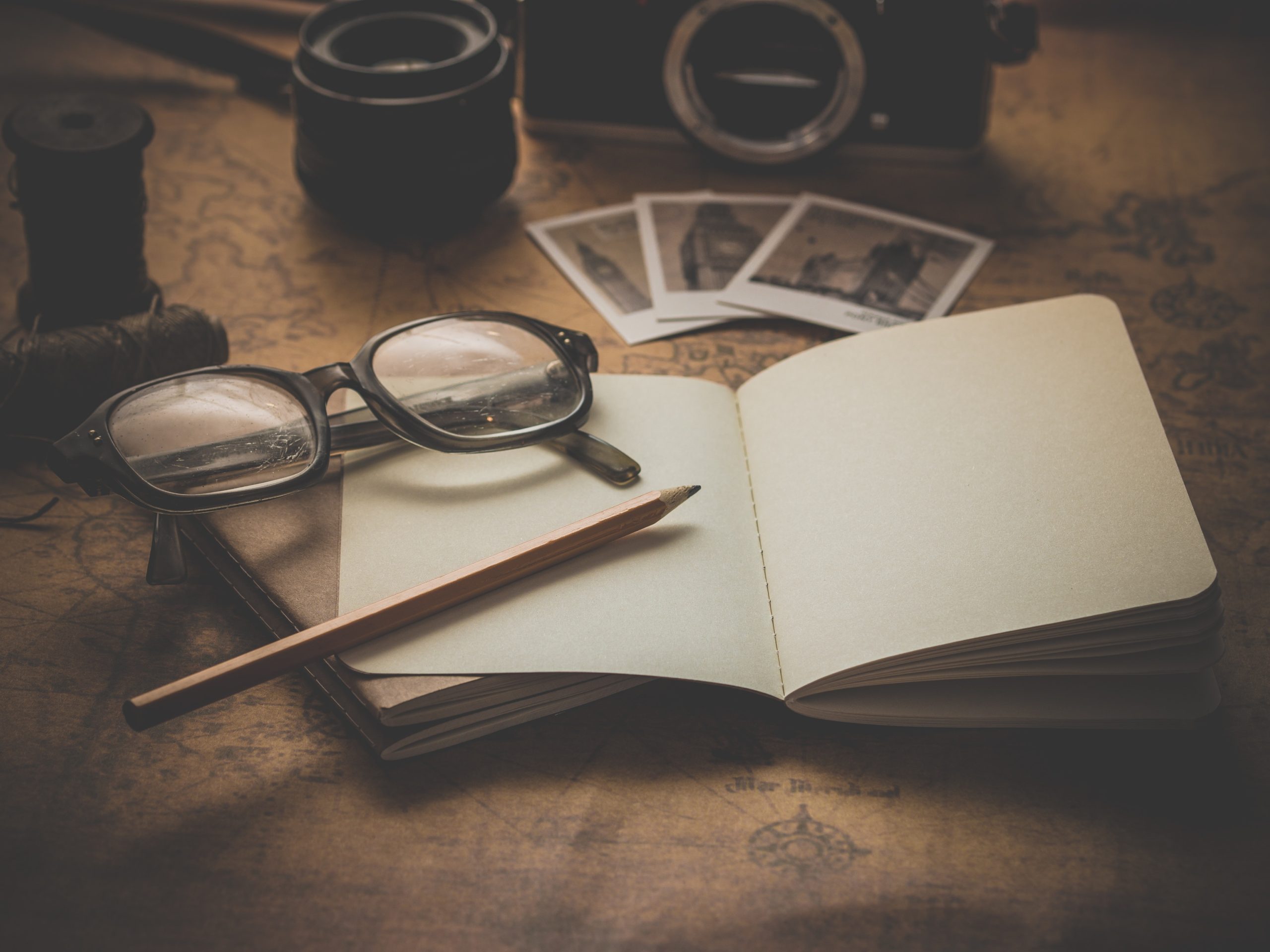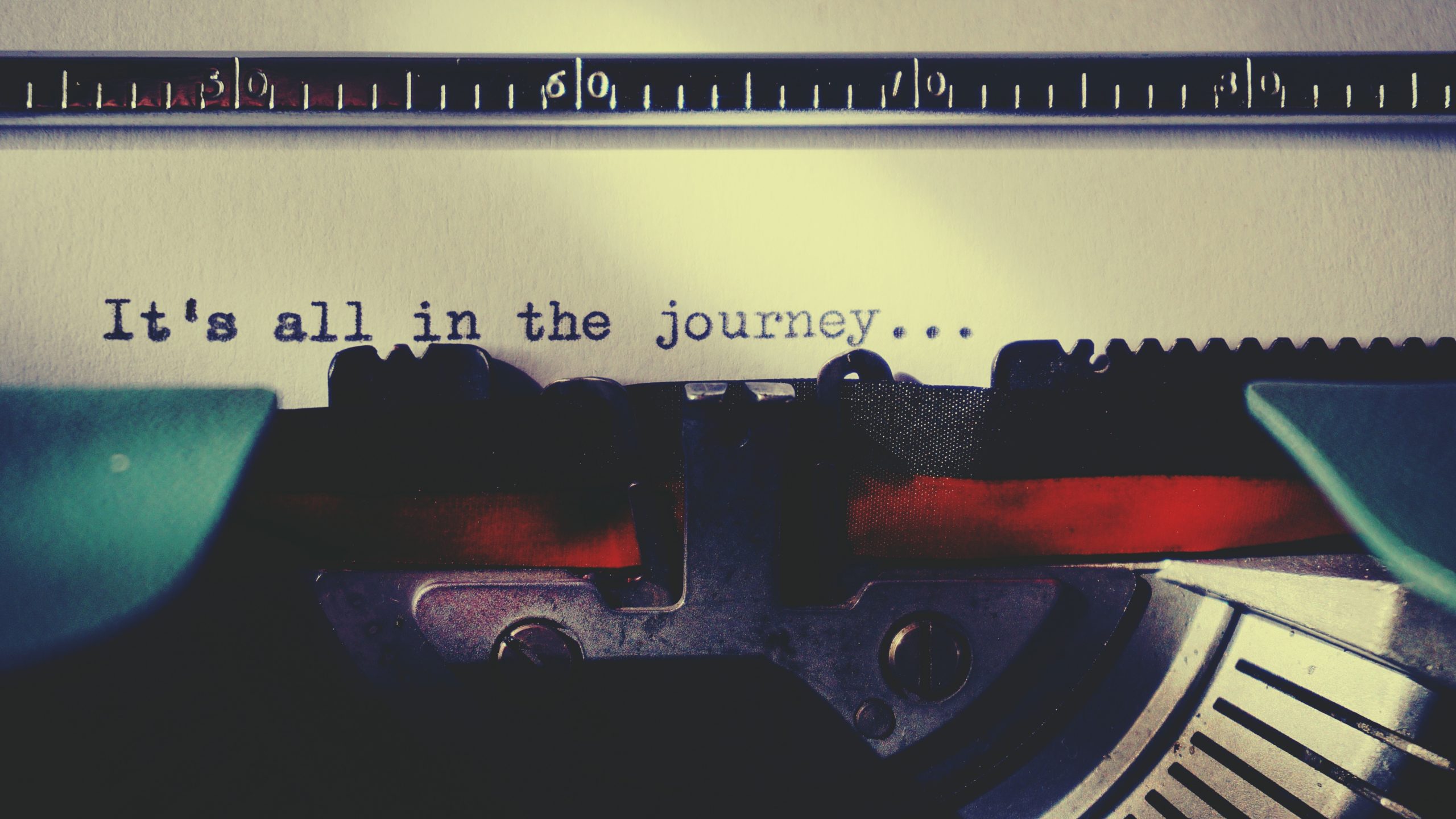Introduction
Last week, we talked about plotting scenes. This week we’re discussing plotting for an entire story. Does that strike a little fear into you? If it does, don’t worry! I’m going to break it down as much as I can to make the process understandable and much less of a headache. But at the end of the day, my process is just that. My process. You may find that working with other methods of plotting, whether more or less rigorous, may work better for you. If so, go with it. You want to do what works best for you and makes your story the best it can be. But don’t knock it until you try it, right? So let’s take a look.
Where to Start
Many times, the main issues people have with plotting center around uncertainty over where to start or a fear that plotting might take away from the joy of writing. Of course, this doesn’t have to be the case for you on either front. But let’s start with giving you a place to take off from with plotting.
For me, I use a blend of Randy Ingermanson’s Snowflake Method, Jordan Rosenfeld’s method for plotting scenes, and Rachel Aaron’s method from her book 2K to 10K: Writing Faster, Writing Better, and Writing More of What You Love. Mostly, these different methods achieve the same end goal of having your novel plotted out in a way that will allow you to continue working without getting stuck.
The place I always start is with a summary of my story. I boil the story down to the heart of what it’s about and write a one-sentence summary. Then I take that sentence and expand it into a paragraph, then a half-page, and finally a full page. You can go further and write a full four-page synopsis/summary if you wish, but I usually don’t go that far. Just doing the full page will give you what you need to know where the novel is going and will take you from a high-level view to a detail-focused look at the story. Even if you choose not to go any further, I highly recommend doing at least this.
Character Charts
Besides plotting out your novel or story using a summary and, later on, a scene list that you can use for plotting scenes like we discussed last week, I also enjoy doing character charts. These are a tremendous help because I can use them to really get to know my character, and, as an added bonus, I can use them as references for little details I might otherwise forget or accidentally change, like eye-color or hair-color. This is one part of plotting a story that’s lots of fun while also being very important.
When you’re doing the character charts, try to write a short paragraph summarizing that character’s story arc and how they change in the novel too. This ensures that you won’t forget or get side-tracked on how they fit into the plot, especially if they’re secondary or supporting characters as opposed to a main character.
Scene Lists
Maybe after doing the other plotting stuff above, you decide you don’t want to plot out your scenes because it takes the spontaneity of deciding the little moments on the go. That’s fine, but I do recommend that you make a scene list. This is pretty basic and just involves jotting down the main highlights of each chapter that will comprise the one to two, maybe three or four, scenes in your chapter. If you decide to plot those scenes later, then you’ll already be all set to do so, but if not, they’ll just provide a general idea of where you’re starting on each chapter just so you don’t have to start with a blank slate.
Conclusion
Whatever approach you take, there’s a lot to be gained from plotting. Writers who haven’t tried it and are beginners often feel it may suck the fun out of it. Where’s the fun in planning, after all? Wouldn’t it be better to just jump in and find out what’ll happen as you go? And while there’s something to be said for too much plotting being a bad thing, blending the two approaches offers much more to those writers than choosing not to plot at all since plotting offers a road to avoid plot holes. If you’ve never tried it, I recommend that you do that. You can look up the authors I mentioned and see how they handle it or find others’ methods and blend everything to create what works for you. But give it a try before you decide it isn’t worth your time.








